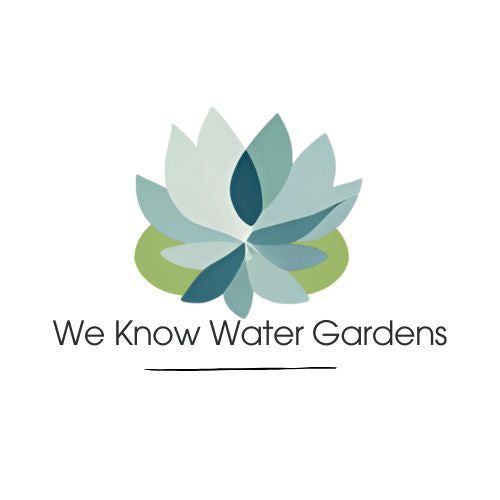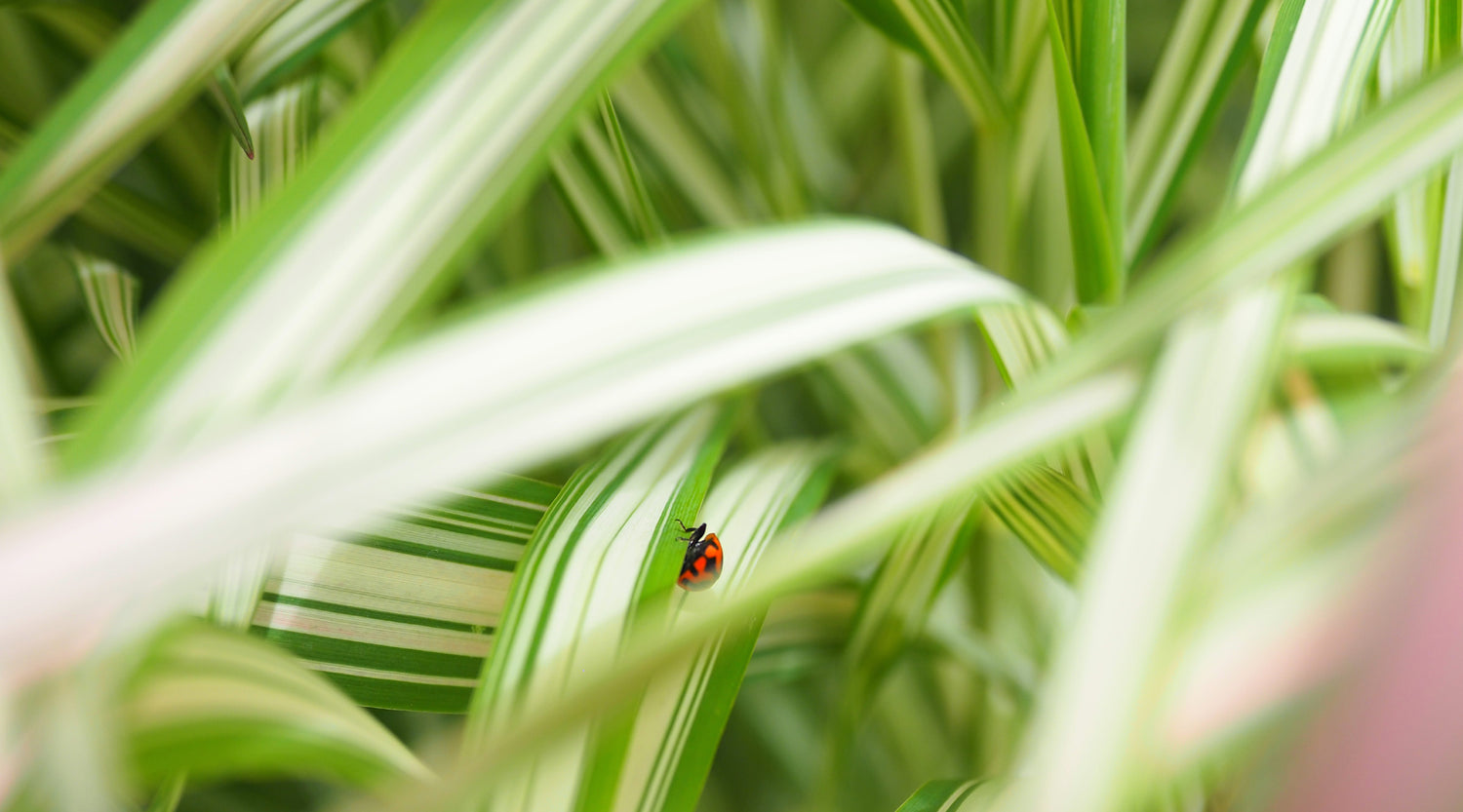Home
>
We Know Water Gardens Blog
>
Adding a Mediterranean Touch to Your Pond: A Beginner's Guide to Growing Lebanese Water Cress
Adding a Mediterranean Touch to Your Pond: A Beginner's Guide to Growing Lebanese Water Cress
on Aug 24, 2023
 Looking to add a touch of the Mediterranean to your pond? Lebanese water cress is the perfect choice for bringing a burst of fresh greenery and flavour to your outdoor space. Whether you have a large pond or a small water feature, this beginner's guide will help you successfully grow Lebanese watercress and enjoy its unique benefits.
Looking to add a touch of the Mediterranean to your pond? Lebanese water cress is the perfect choice for bringing a burst of fresh greenery and flavour to your outdoor space. Whether you have a large pond or a small water feature, this beginner's guide will help you successfully grow Lebanese watercress and enjoy its unique benefits.
Renowned for its crisp leaves and peppery taste, Lebanese watercress is a must-have for home gardeners and culinary enthusiasts. Not only does it serve as a flavourful addition to salads and sandwiches, but it also offers numerous health benefits. Packed with vitamins and minerals, this aquatic plant is a powerhouse of nutrition.
In this guide, we'll explore everything you need to know about growing Lebanese water cress. From creating the ideal environment to nurturing the plants, we'll provide step-by-step instructions to ensure success. Get ready to transform your pond into a vibrant oasis with the addition of this Mediterranean gem. Let's dive in and discover the wonders of Lebanese watercress together!
So, get your gardening gloves ready and let's embark on this exciting journey to cultivate Lebanese water cress in your own backyard!
What is Lebanese watercress?
Lebanese Cress (Aethionema Cordifolium) belongs to the cabbage family and is often referred to as "watercress" or "fools water cress." Lebanese watercress, a nutritious water plant that can thrive at the edge of a pond or in a pot submerged in the water to a depth of 10cm. This versatile herb is known for its vibrant green leaves and peppery taste, which adds a delightful zing to various culinary dishes.
Benefits of growing Lebanese watercress
 Aside from its distinct flavour, Lebanese water cress offers a multitude of health benefits. Rich in vitamins A, C, and K, as well as minerals like iron and calcium, this aquatic plant is a nutritional powerhouse. It is also packed with antioxidants that promote overall well-being and help fight inflammation. Adding Lebanese watercress to your diet can boost your immune system, support bone health, and aid digestion.
Aside from its distinct flavour, Lebanese water cress offers a multitude of health benefits. Rich in vitamins A, C, and K, as well as minerals like iron and calcium, this aquatic plant is a nutritional powerhouse. It is also packed with antioxidants that promote overall well-being and help fight inflammation. Adding Lebanese watercress to your diet can boost your immune system, support bone health, and aid digestion.
Lebanese cress grows rapidly and for this reason, it is a great choice for garden ponds as it will help to reduce algae growth by competing for nutrient in your pond.
Climate and growing conditions for Lebanese watercress
Lebanese watercress thrives in cool, moist environments, making it ideal for ponds and water features. It prefers temperatures between 50°F and 70°F (10°C to 21°C) and grows best in partially shaded areas. The plant requires a constant supply of fresh water, and its roots should always be submerged. While it can tolerate slightly acidic to slightly alkaline conditions, a neutral pH level between 6.5 and 7.5 is ideal for optimal growth.
Choosing the right location for your pond
 Before diving into growing Lebanese water cress, it's essential to select the right location for your pond. Choose an area that receives partial shade throughout the day to prevent excessive heat stress on the plants. Avoid placing the pond directly under trees, as falling leaves can cause water contamination. Additionally, make sure the location allows for easy access to a water source and proper drainage.
Before diving into growing Lebanese water cress, it's essential to select the right location for your pond. Choose an area that receives partial shade throughout the day to prevent excessive heat stress on the plants. Avoid placing the pond directly under trees, as falling leaves can cause water contamination. Additionally, make sure the location allows for easy access to a water source and proper drainage.
Preparing the pond for growing Lebanese cress
Once you've chosen the perfect spot for your pond, it's time to prepare it for growing Lebanese water cress. Start by cleaning the pond thoroughly, removing any debris, and ensuring there are no existing plants or algae that may compete with the water cress. If necessary, consider installing a pond liner to create a suitable environment for the plants. Fill the pond with fresh water and allow it to sit for 24 hours to dechlorinate.
Next, add a layer of organic matter, such as compost or well-rotted manure, to the bottom of the pond. This will provide essential nutrients for the water cress to thrive. Gently rake the organic matter to distribute it evenly, creating a smooth surface.
Planting Lebanese watercress in your pond
Now that your pond is ready, it's time to add Lebanese watercress to your garden pond. All our pond plants are sold complete with floating pond plant rings. These are designed to allow you to have an instant water garden. Simply pop your plant into the ring and place in your pond. The plant will absorb nutrient from the pond but as with most edibles, it will benefit from a feed with our fertiliser tablet every season.
Caring for Lebanese watercress
 Lebanese watercress requires minimal care once it's established in your pond. However, there are a few key aspects to keep in mind to ensure its health and vitality. Regularly monitor the water level to ensure it remains consistent and covers the roots of the plants. If the water level drops, add fresh water to maintain the desired depth.
Lebanese watercress requires minimal care once it's established in your pond. However, there are a few key aspects to keep in mind to ensure its health and vitality. Regularly monitor the water level to ensure it remains consistent and covers the roots of the plants. If the water level drops, add fresh water to maintain the desired depth.
Monitor the pH level of the water using a testing kit and make any necessary adjustments to keep it within the optimal range of 6.5 to 7.5. This can be achieved by adding pH-adjusting agents available at garden centers or by using natural methods such as adding crushed eggshells or dolomite lime.
Harvesting Lebanese watercress
When it comes to harvesting Lebanese water cress, patience is key. Allow the plants to grow for a minimum of 60 days before harvesting any leaves. This will ensure they have reached their full potential and are packed with flavor and nutrients. Harvest the leaves by gently plucking them from the stems, starting from the outermost leaves and working your way inwards. Leave a few leaves on each plant to allow for regrowth.
Recipes and uses for Lebanese watercress
Now that you've successfully grown Lebanese watercress, it's time to enjoy its culinary delights. This versatile herb can be used in a variety of dishes, both raw and cooked. Add its fresh leaves to salads, sandwiches, and wraps for a peppery kick. Blend it into creamy soups or use it as a garnish for grilled meats and seafood. Lebanese cress can also be sautéed or stir-fried to soften its flavour while still retaining its nutritional benefits.
By following this beginner's guide, you can effortlessly add a touch of the Mediterranean to your pond with Lebanese water cress. From its distinct taste to its numerous health benefits, this aquatic plant is a valuable addition to any home garden. Create the perfect environment, plant with care, and enjoy the rewards of growing your own Lebanese watercress. Get ready to elevate your culinary creations and transform your pond into a vibrant oasis that will impress both your taste buds and your guests. Happy growing!
© weknowwatergardens 2023
Share

